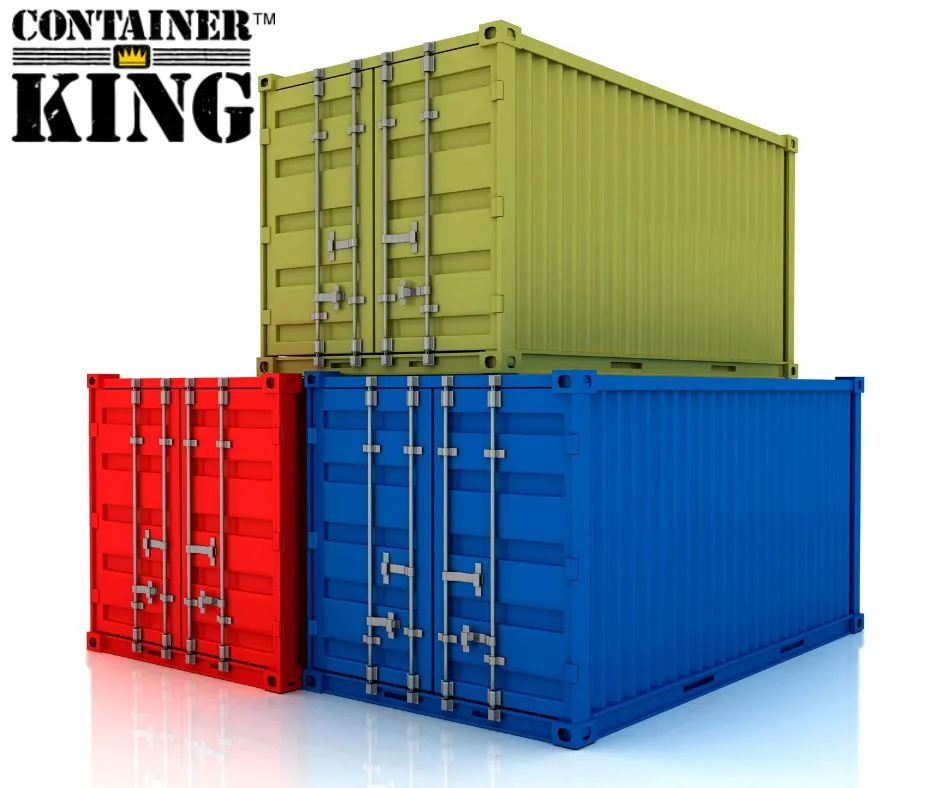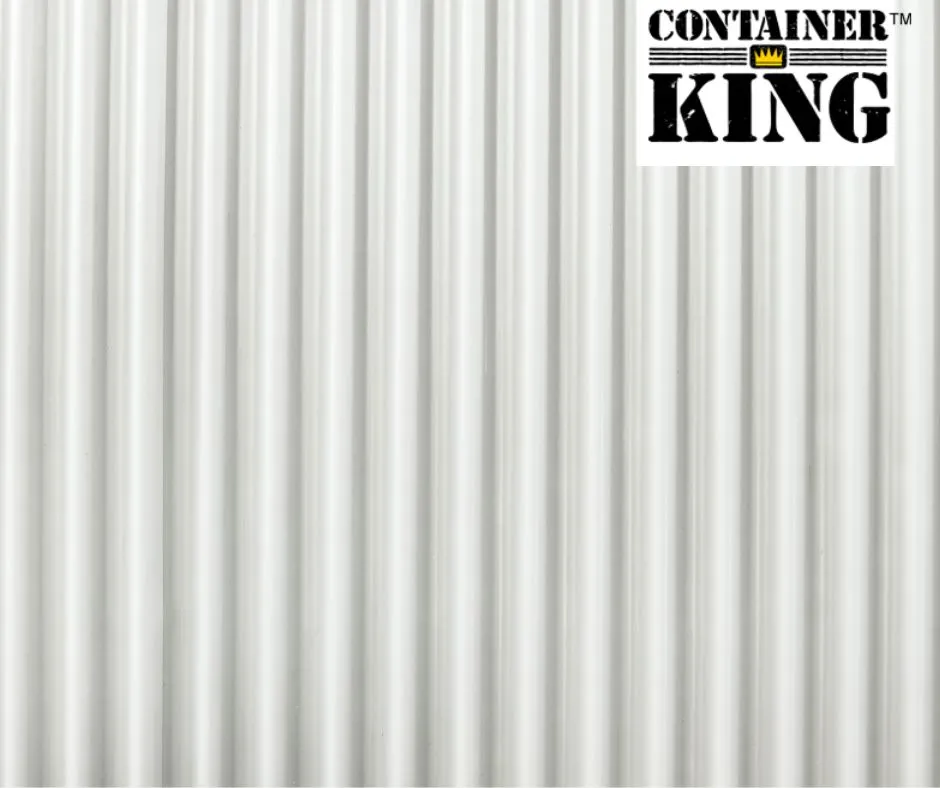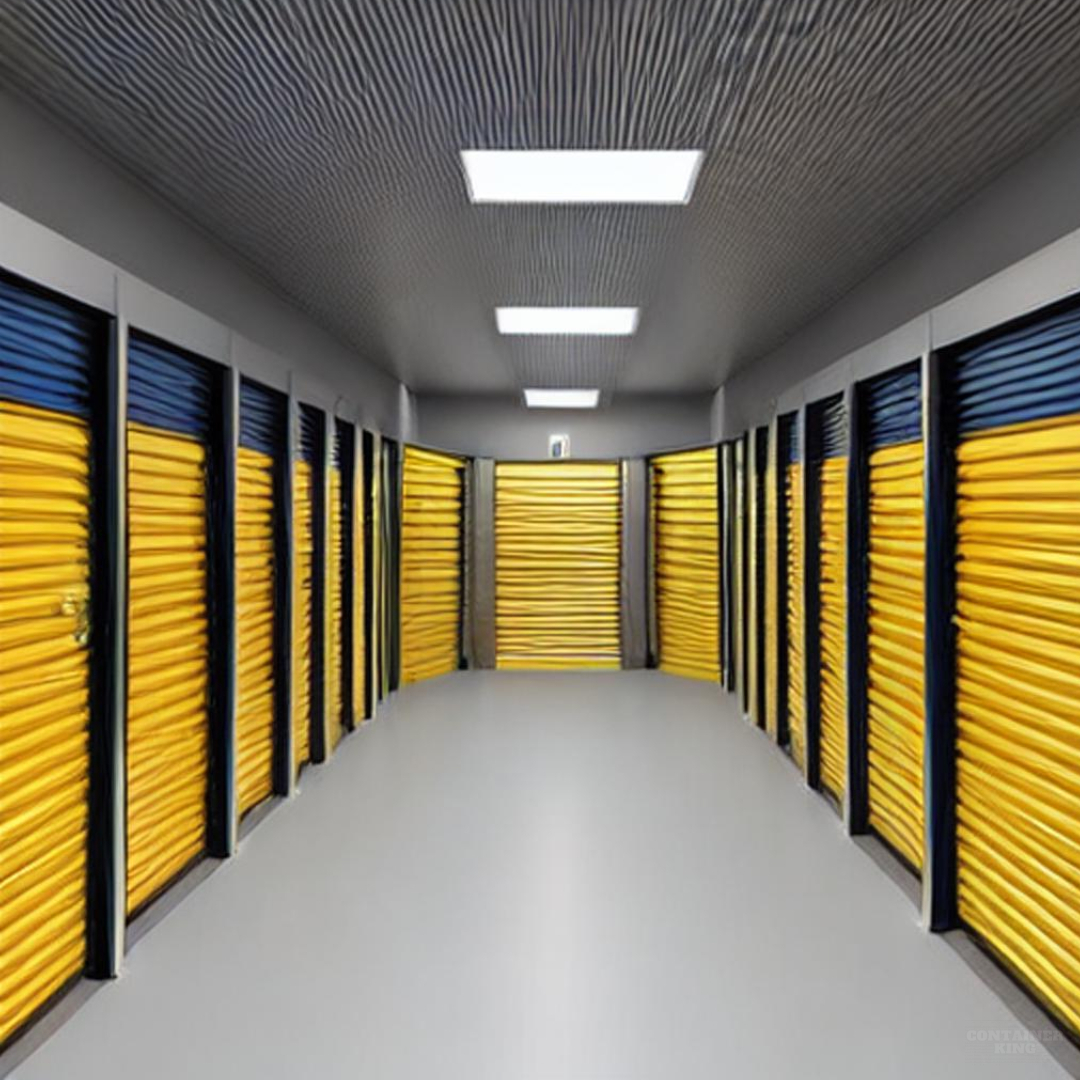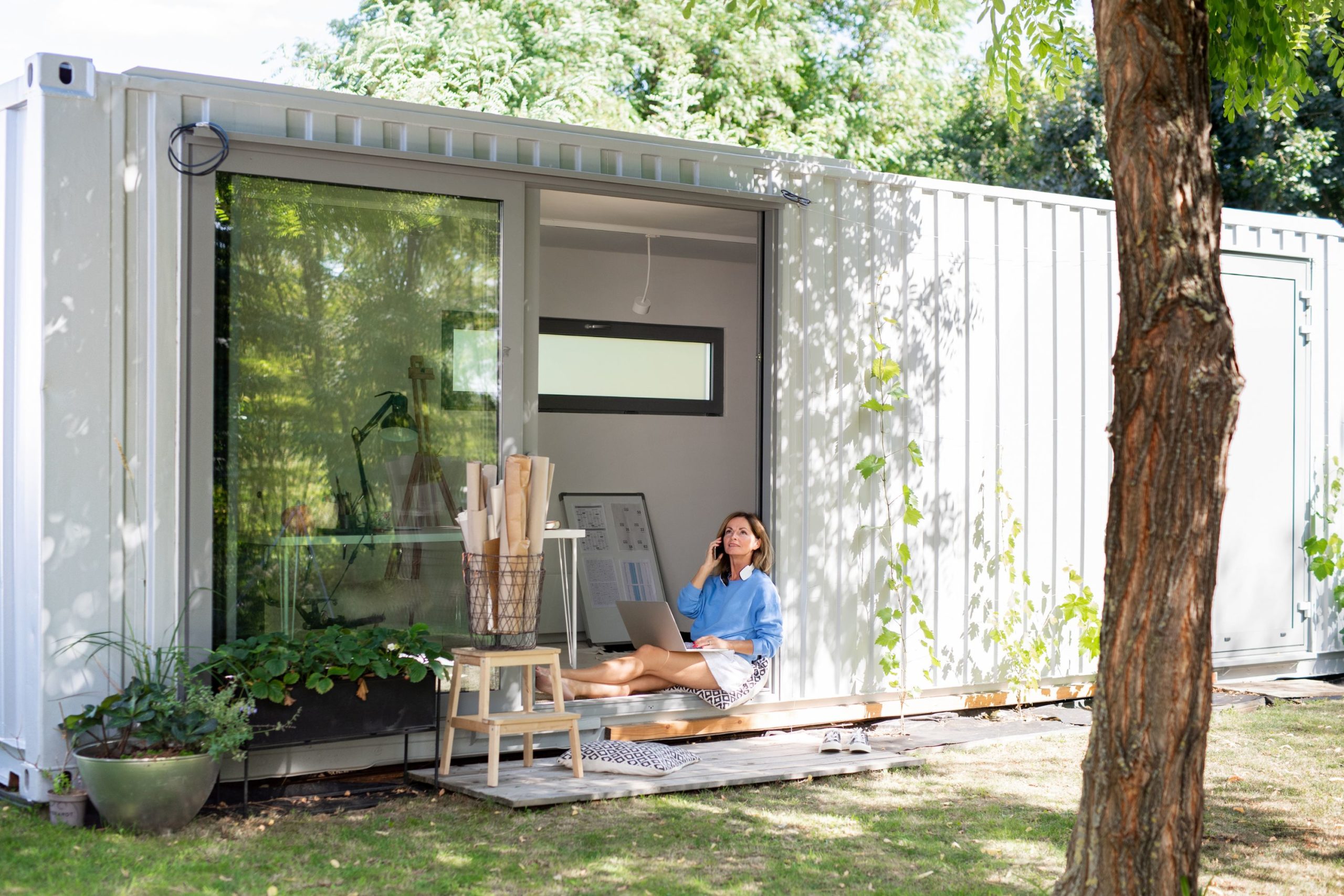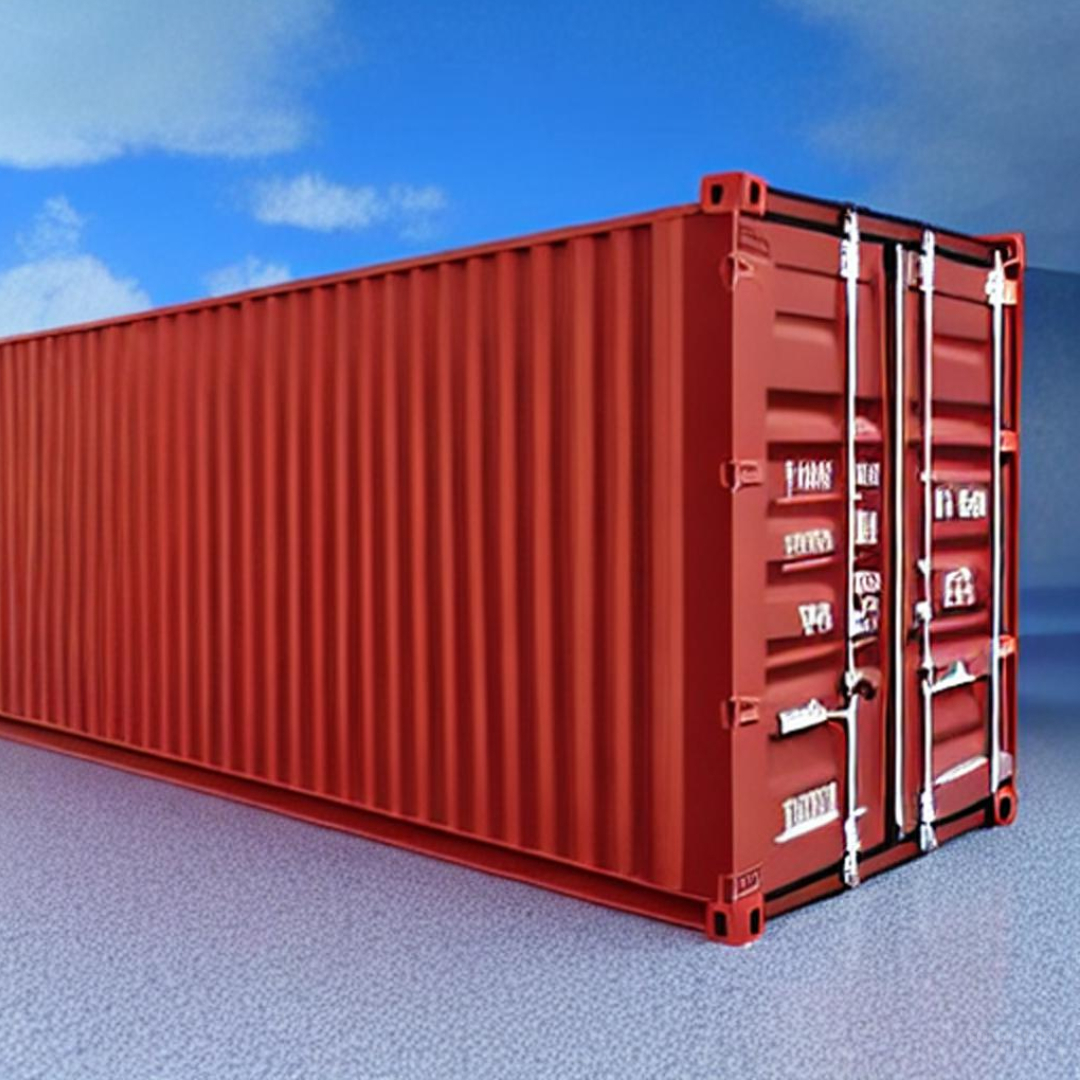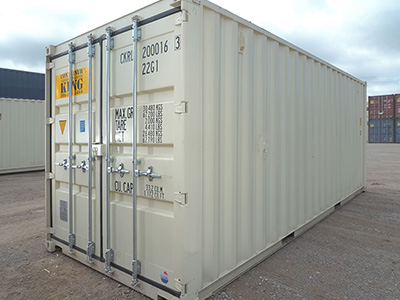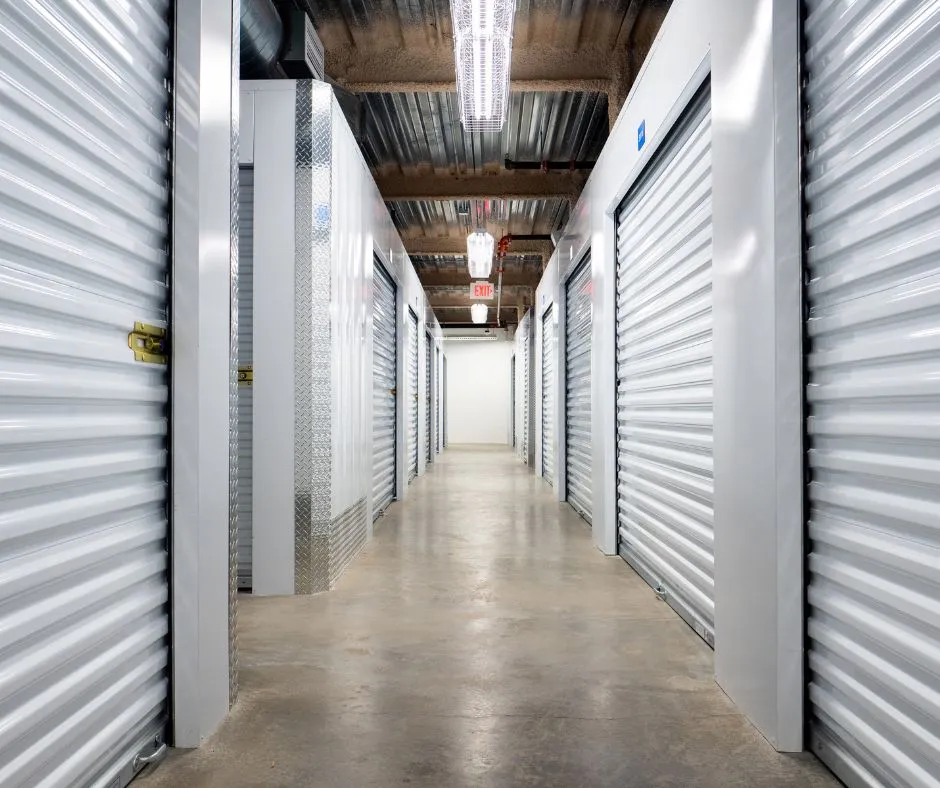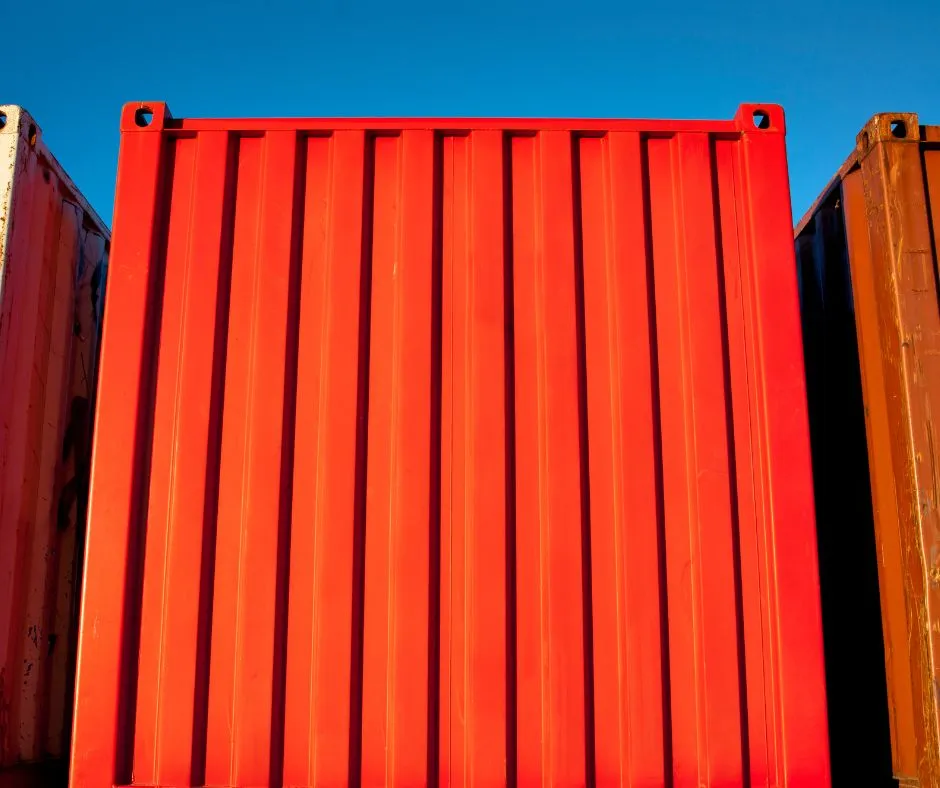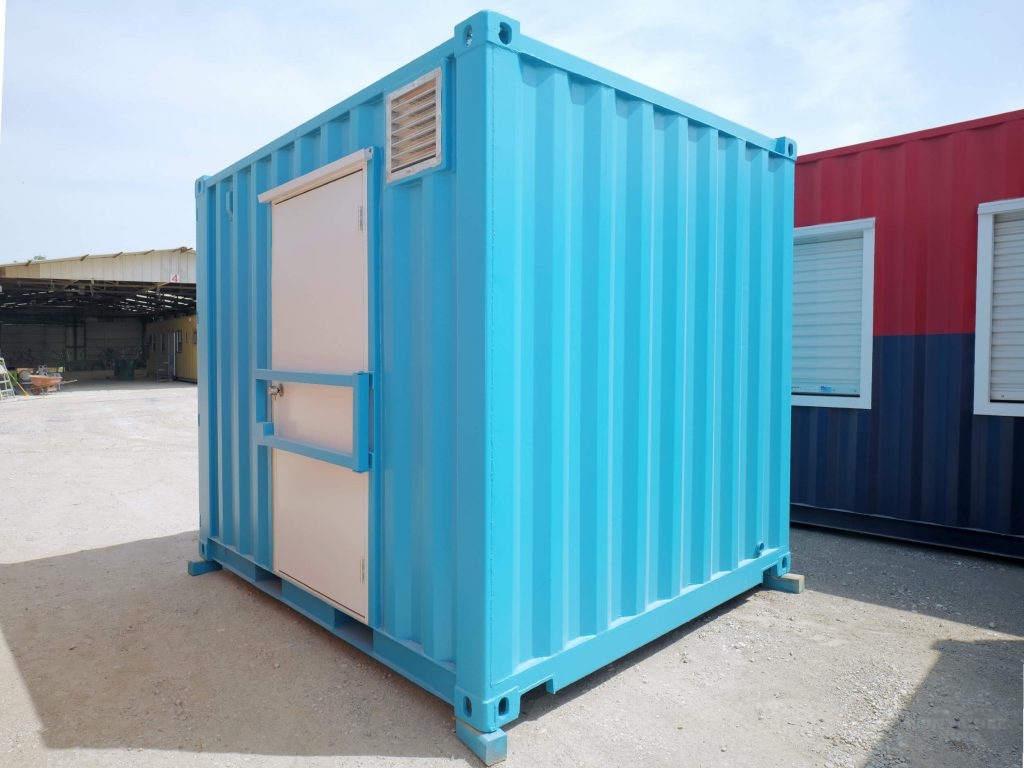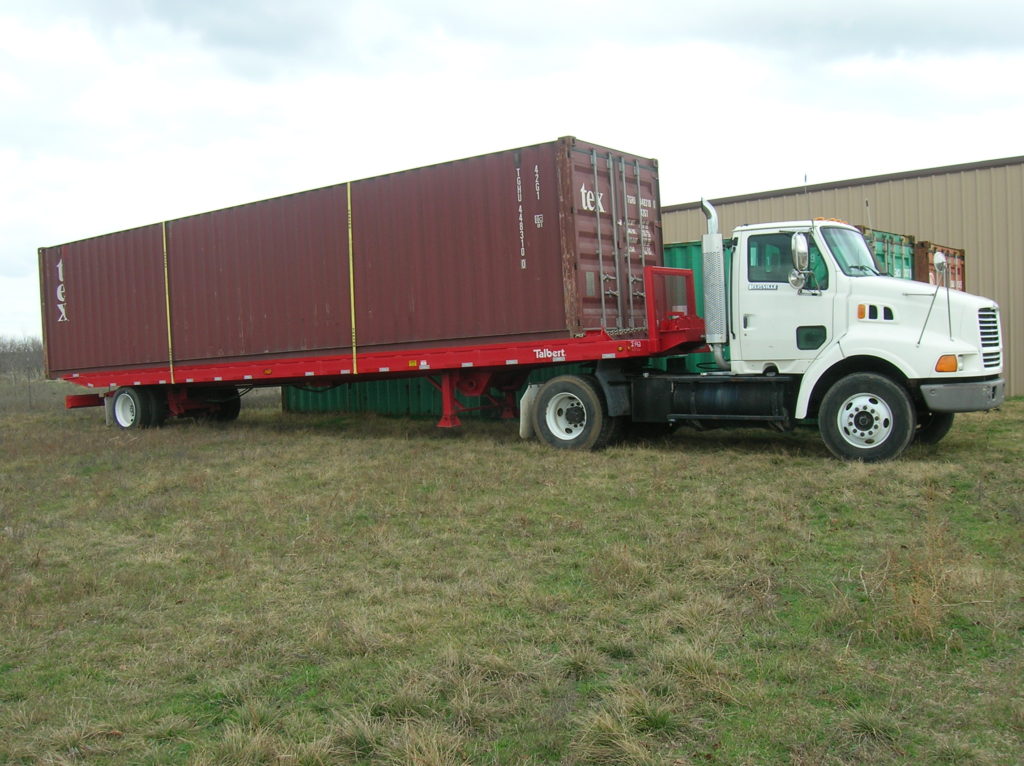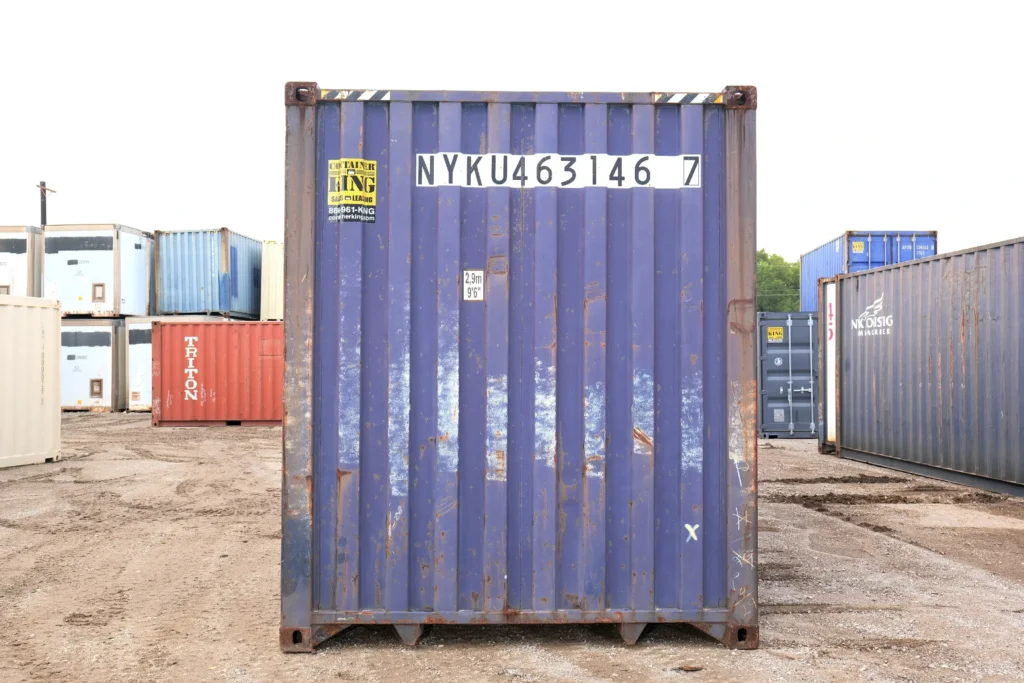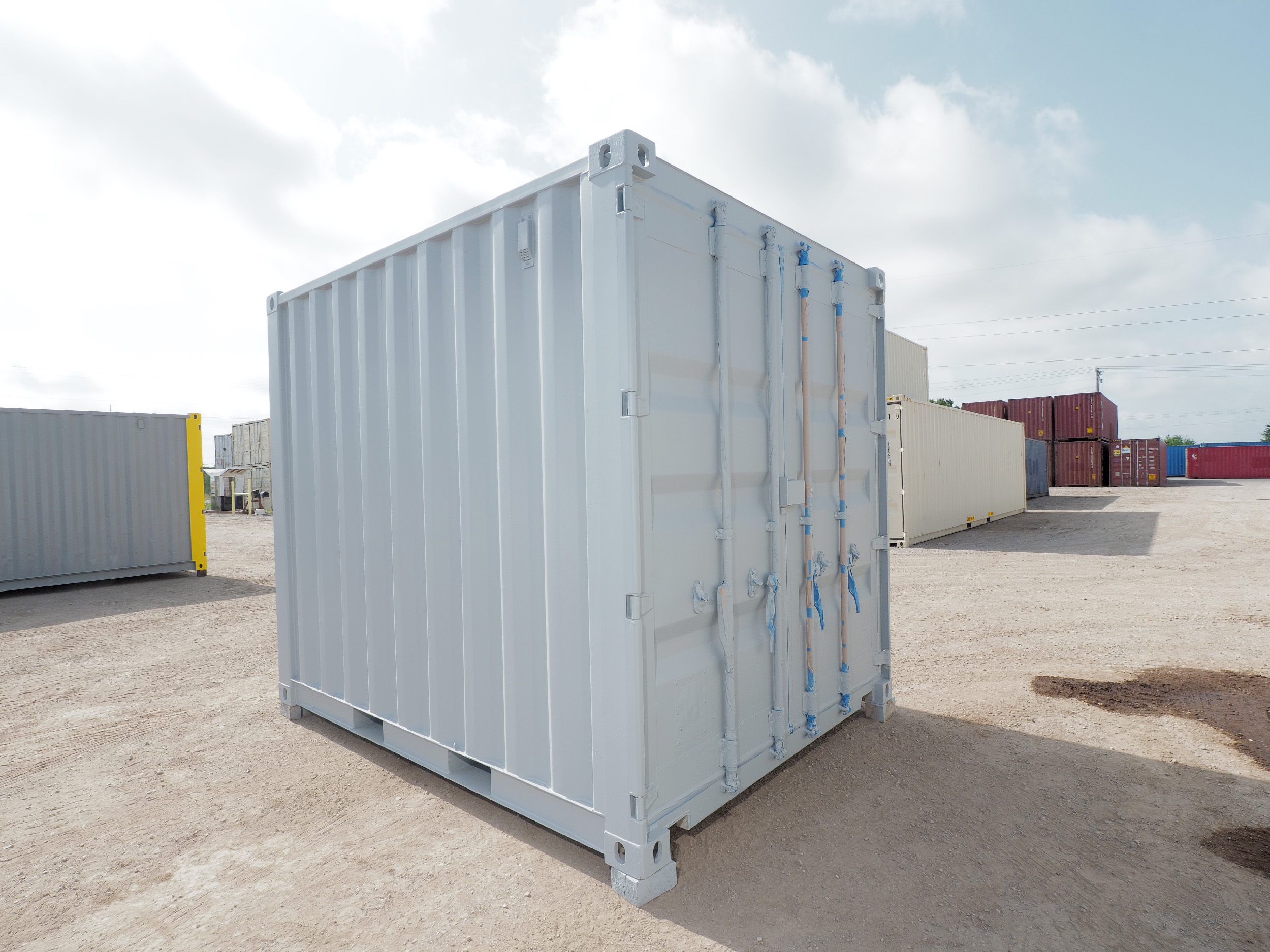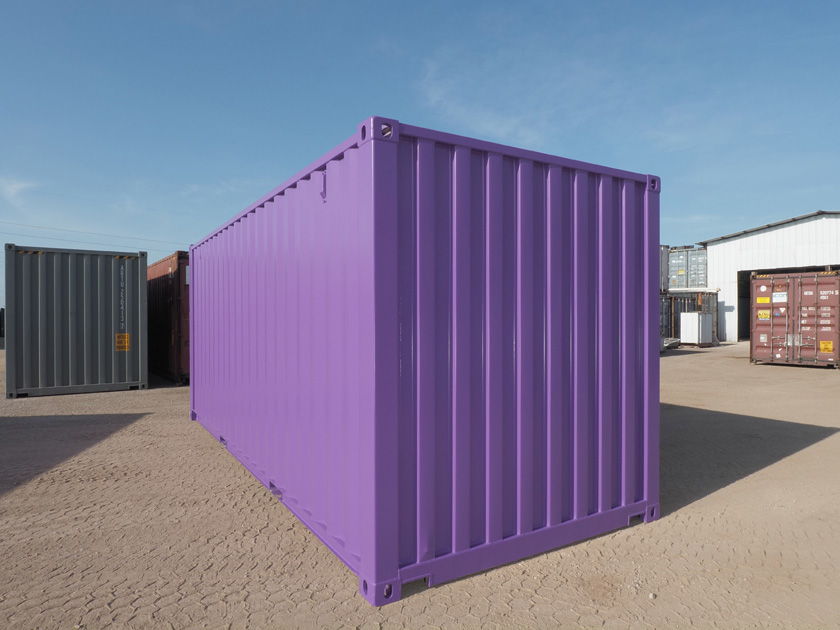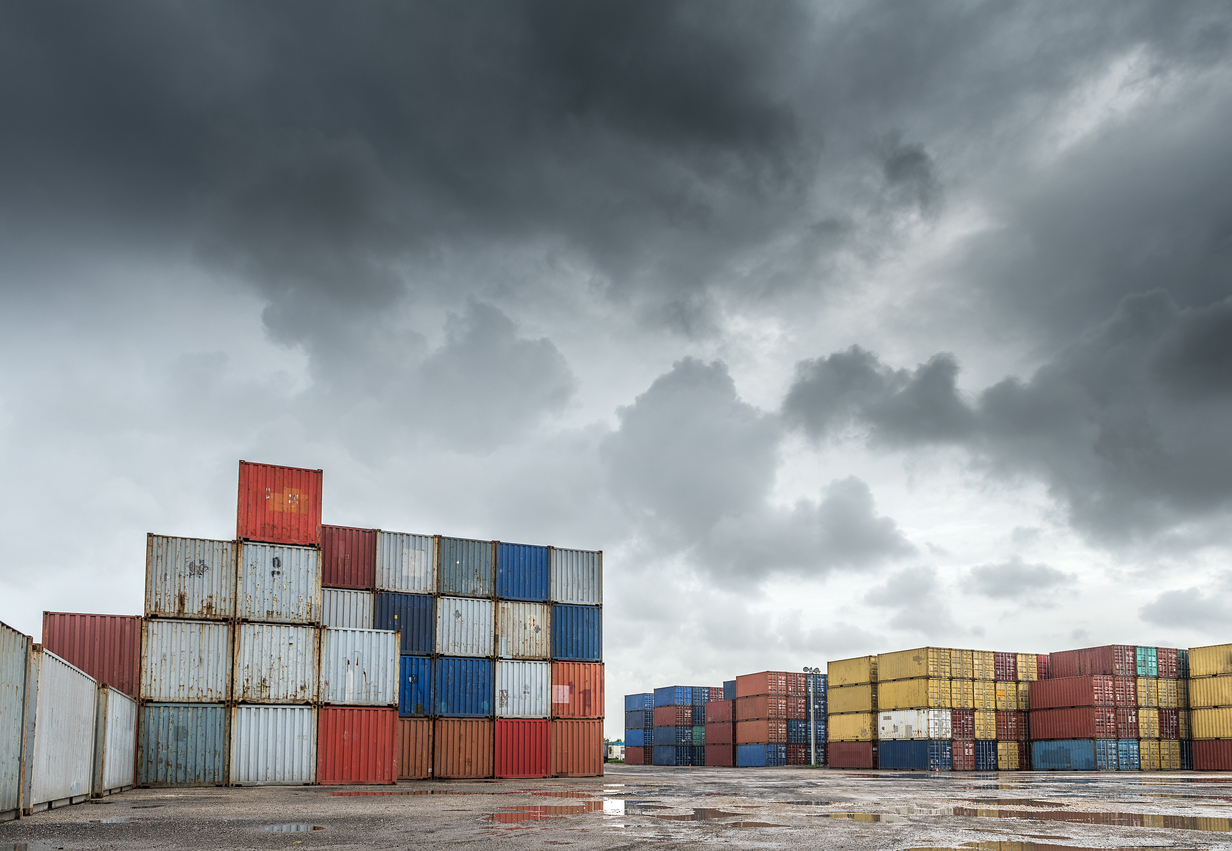Shipping Containers: Buying, Renting & Customizing Guide (2025)
If you’re shopping for a storage container or shipping container in Texas for business operations, construction, inventory, or personal use, this guide will save you time and stress. Container King provides reliable, durable containers for sale, rent, or full custom builds, and this breakdown will help you decide exactly what you need.
Below is a clear, no-nonsense look at container types, pricing, Texas regulations, and modification options.
Why Storage Containers Are a Smart Choice
Shipping containers are used for much more than cargo. They are one of the most dependable, cost-friendly ways to store or build. Here is why people choose them:
1. Tough Enough for Texas Weather
- Built from thick, corrosion-resistant Corten steel
- Designed to withstand storms, extreme heat, and rough handling
- Naturally rodent-resistant and hard to break into
These containers were engineered for ocean travel, so everyday wear and tear is nothing for them.
2. Cost Savings Without Compromise
- Less expensive than building a permanent structure
- No ongoing property taxes for ground-level storage units
- Easy to move whenever your needs change
You get reliable, portable storage without sinking money into construction.
3. Easy to Customize
Containers adapt to almost any purpose. Popular upgrades include:
- Lockboxes for added security
- Extra doors or roll-up doors
- Windows and ventilation
- Full electrical systems
- Shelving, flooring, insulation, and custom interiors
Businesses use them for offices and workshops. Homeowners use them for sheds, gyms, and even tiny homes. They are versatile and built to be modified.
Should You Buy, Rent, or Customize Your Container?
The right choice depends on how long you need the unit and what you plan to do with it.
Buying a Container
Best when you need long-term storage or want to customize the space.
Common Options:
- 20-foot Standard
- 40-foot Standard
- 40-foot High Cube
- 53-foot Domestic Containers
- Refrigerated Containers
Typical Prices in Texas:
- 20 ft used starts around 2575 dollars
- 40 ft used starts around 5775 dollars
- 53 ft ranges from 6000 to 8000 dollars
Buying gives you full ownership, a long lifespan, and complete flexibility with modifications.
Renting a Container
Great for temporary or short-term needs.
Why renting works well:
- No maintenance responsibilities
- Month-to-month availability
- Delivery and pickup included
- No long-term commitment
Perfect for construction sites, event storage, renovations, seasonal inventory, and short projects.
Custom Container Builds
If you need something beyond simple storage, customization is the way to go.
Popular custom builds:
- Mobile offices
- Retail and pop-up shops
- Construction offices
- Art studios
- Workshops and maker spaces
- Climate-controlled units
- Fully built-out tiny homes
Custom containers are built to fit your exact workflow, style, and business needs.
Can You Put a Shipping Container on Your Texas Property
In many areas, yes, but rules vary from city to city. Before placing a container on your property, check the following:
Local Requirements to Review
- Zoning laws – Some neighborhoods limit or ban containers in residential zones
- Permits – Required for most permanent installations or any structure with utilities
- HOA rules – Many associations have appearance or placement restrictions
- Property access – Make sure a delivery truck has room to get in and unload
- Foundation needs – A level, stable surface is required, and gravel pads are common
When in doubt, call your city’s building department or let Container King help you confirm what is allowed in your area.
New vs Used Containers
New or One-Trip Containers:
- Nearly flawless condition
- Best for long-term use or high-visibility applications
- Ideal for custom builds
Used or WWT Containers:
- More affordable
- Weatherproof and secure
- Expect cosmetic wear and minor dents
Delivery and Setup: What to Expect
Getting your container delivered is straightforward, but you do need to prep the site.
Before Delivery
- Ensure the truck can access the location
- Clear obstacles such as fences or low branches
- Prepare a level base
- Gravel pads are recommended for stability and drainage
On Delivery Day
- A roll-off or tilt-bed truck places the container directly on your site
- The process is fast and usually takes less than 30 minutes
- If needed, pickup can be scheduled when you’re done with the unit
Ready to Get a Container in Texas
Shipping and storage containers are one of the most dependable and cost-effective solutions for commercial and personal use. They are strong, secure, portable, and endlessly customizable, which makes them a smart investment for almost any project.
If you are ready for a quote or want help choosing the right container, reach out today and we will walk you through the entire process.

